|
I'm not much of a souvenir shopper. I don't need t-shirts, hats, mugs, or other paraphernalia to remind me of places I've been. However, there's something I do like to bring back from our travels: the memory of at least one interesting person we met along the way. 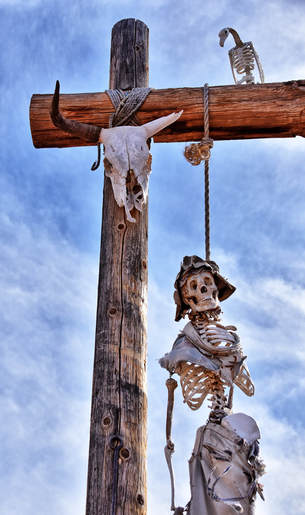 Tombstone is an appropriate setting for a guy named Bones (but this isn't Johnny) Tombstone is an appropriate setting for a guy named Bones (but this isn't Johnny) Some months ago, I wrote about Leroy Gonzales of Golden, New Mexico, who captivated me with his eccentric roadside assemblage and friendly banter. On our latest road trip, I encountered another colorful local character, Johnny Bones, in Tombstone, Arizona. 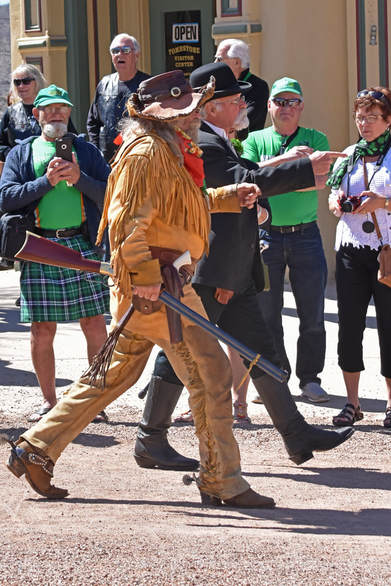 Erin go bragh meets the Wild West Erin go bragh meets the Wild West Our visit to Tombstone happened to fall on St. Patrick's Day, which happened to coincide with Tombstone's annual Wild West Days and Salute to the Troops. Talk about a combination of celebrations! We rolled into town about an hour before a parade was set to step off, but the main street was already teeming with performers and local folks in period costumes. Gunslingers, cowpokes, banditos, fancy ladies, dandies, and dance hall girls mingled with the crowds and posed for pictures. Amidst all the hubbub, one chap stood out. He wore a top hat decorated with baubles, feathers, playing cards, and a picture of an angelic orchestra. An assortment of belts—including one that looked like it might've graced a belly dancer's hips—encircled his waist. A long chain dangled from one ear; bells jangled around both ankles. Chunky rings, bracelets, necklaces, and a green bowtie completed the look. But his outfit wasn't what made him so noticeable. Or at least it wasn't the only thing that made him so noticeable. The fellow was in constant motion, twirling, stomping, dancing a jig, and clacking two pairs of bone castanets. We watched him perform with a group of musicians before the parade. Then the parade got underway, and our attention turned to marchers, floats, and some sweet donkeys from Forever Home Donkey Rescue Sanctuary.  Johnny's back! Johnny's back! Then, sure enough, here came Johnny Bones, prancing along with the other revelers. The guy was everywhere, clacking, cavorting, and wearing a smile wide as the desert horizon. We left the bustle of the street to have lunch and watch a live OK Corral dramatization. Then we stopped in at Historama, a hokey depiction of Tombstone's history that the website Roadside America describes as "a big, lumpy mound on a turntable, decorated with small vignettes from Tombstone's early history, set on a stage in a small theater." Blinking lights, sound effects, and clips of old Western movies enhance the 25-minute presentation, which also features narration recorded by Vincent Price in 1964. You get the picture. Funky, but fun.  By late afternoon, activity had died down in Tombstone By late afternoon, activity had died down in Tombstone Late in the day, I took another stroll through town to snap a few more photos. The main street was almost deserted by then, but there, on a sunny patch of boardwalk was our man Bones, still jumping, jiving, clacking, and looking not the least bit weary. He seemed so naturally chipper, I imagined his life to be just one big dance party. But I later learned that he's had his troubles. Six years ago, the city of Tombstone passed an ordinance aimed at banning Bones (whose real name is Ronald Koch) from the town's historic district. He was permitted to perform by the visitor center or by the park—both at the far end of town—but those places are "dead zones for busking," Koch told Arizona Sonora News. Somehow, the American Civil Liberties Union of Arizona got wind of Bones's banishment and wrote a letter to Tombstone's mayor asserting that Koch was protected by the First Amendment, as busking is considered artistic free speech. Johnny Bones, whose costumes and talents are reminiscent of the minstrels that once performed in Tombstone's Bird Cage Theatre, was allowed to return to the heart of town, which is where I found him. 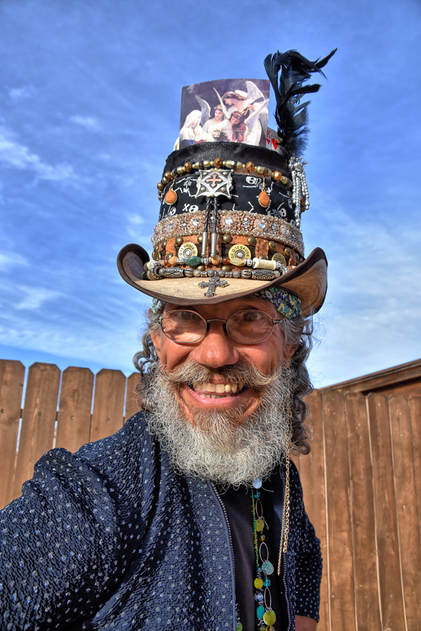 A gardener of smiles A gardener of smiles He didn't have much to say when I stopped to leave a tip and tell him how much he'd brightened my day. He just beamed and struck a pose for my camera. But if I'd asked what keeps him going, I have a feeling he would have told me what he told the Arizona Sonora News reporter: "I'm a gardener of smiles. This makes me feel fulfilled because my position in life right now is to make people smile."
9 Comments
 Eldon and Tonya Howe ( Photo: Cindy Simons) Eldon and Tonya Howe ( Photo: Cindy Simons) Welcome to the second installment of HeartWood's occasional feature on creative couples. In this edition, I'm profiling Newaygo County residents Tonya and Eldon Howe, whose talents impressed me when I first met them at the River Stop writers' salon and continue to amaze me.  Tonya and Eldon's home reflects their creative collaboration Tonya and Eldon's home reflects their creative collaboration You know you're in the presence of a creative couple when you look around their house, and every angle reveals artistry they've created, either individually or together. In fact, Tonya and Eldon's house itself is one of their creations—a six-year labor of love and imagination, inspired by their wooded setting.  Early in their relationship, Tonya and Eldon worked together on this creation Early in their relationship, Tonya and Eldon worked together on this creation But even before they collaborated on that ambitious project, Tonya and Eldon were co-creating. A few years into their courtship, in the 1980s, the couple took a pottery class together. Eldon made the jug they're holding in this picture, and Tonya decorated it with the carved design and artfully-applied glaze. Later on, when they took on the task of building a home, Eldon—a builder by trade—worked with Tonya to integrate her design ideas into the house, even when that presented a challenge.  The curvy tree presented a challenge, but Eldon made it work The curvy tree presented a challenge, but Eldon made it work "You see that curvy post over there?" Eldon points toward the kitchen. "I was going to put in a simple, straight post—just a post—and run the electrical up through it. But Tonya said, 'Can't we find something in the woods that'll be nicer than that?' So we walked down below the hill—there was snow on the ground—and she saw this tree and said, 'Can we use that one? I like that one.' I said, 'No, we can't use that one. It's all curvy. There's no way I can put electrical in it.' But she just kept looking at it." Eldon started walking away, but then he kept looking back at it, too, thinking. "Finally I said, 'Okay, I think I can. So I got a chainsaw out, cut it down, put it on a plastic toboggan and literally drug it up here and spent probably a day or more trying to carve it and get it to fit in place." Now it's a focal point of the house. It was Tonya's idea, too, to use crotched tree trunks and burls for the window posts. And the couple came up with other natural touches, from the twisting stairway railing to the stone walls and fireplace, that grace the sustainably-designed home.  Tonya's studio Tonya's studio In a second-floor studio off the bedroom, Tonya pursues her passion for oil painting and drawing.  The artist in her element The artist in her element "I like to paint mostly scenery and people, trying to capture the mood or character, or the exchange between people," she says. Though mostly self-taught, Tonya took some classes in the 1980s with Pentwater artists Cheri Petri and the late Bert Petri. Until recently, she favored realism, but now she's experimenting with more abstract, impressionistic paintings. Some of Tonya's work: Photographs from Tonya's "Rock People of Moonlight Beach" series: 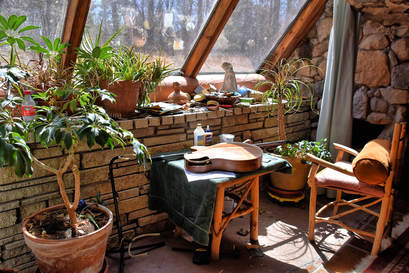 Eldon's workspace Eldon's workspace Two floors below Tonya's studio, Eldon has a space for working on the guitars he crafts in a larger workshop down the hill from the house. Guitar-making is a natural pastime for Eldon, who's been playing guitar since the early 1980s and working with wood since his teens. What's more, his father, Elon Howe, is an award-winning maker of violins, violas, and mandolins.  A work-in-progress A work-in-progress "A nice side benefit is, Eldon's been able to work with his dad in his shop, so they're spending time together in his dad's later years," says Tonya.  Eldon's guitars are designed with function in mind Eldon's guitars are designed with function in mind Eldon's aim in guitar building is "functional artistry." Though beautiful to look at, the guitars are designed with specific playability goals in mind. "It's very experimental, what I'm doing," he says. Music is also an area of collaboration for Tonya and Eldon. Eldon composes music, writes, and sings, and Tonya writes lyrics for some of the songs that he performs. "When Eldon and I are working on a song, our creations always start with Eldon's music composition coming first, by chance and by relaxed daydreaming," says Tonya. "Then later, I run his music through my head and create lyrics to go with it. It's like I can see a story, poem, or drama play out in front of my eyes." "She pays attention to the emotion of what I play," says Eldon. And Tonya's response is a kind of barometer, he adds. "I know it's a good piece of music if she wants to write lyrics to it."  Cover of the recently-released CD album Cover of the recently-released CD album The Howes recently released a CD album of their songs, titled "Sundown," currently in the music rotation on WYCE. (Songs can be requested online at https://grcmc.org/wyce/wyce/request or by phone at 616-742-9923.) Tonya shot the cover photo of Eldon before a performance at the Urban Institute for Contemporary Arts in Grand Rapids. "He was just warming up before going on stage," she recalls. "I saw how he was sitting and said 'Stay right there.' I just could see in my head that that would make a good promotional picture."  Some of Tonya's "one song long" sketches Some of Tonya's "one song long" sketches Tonya also offered suggestions on accompanying instruments that would convey the proper emotions and fit the theme of each song. Now, she's mixing music into her art in another way. "I'm trying my hand at quick sketches of musicians while they're playing a song," she says. "I call them 'one song long' sketches."  "The Elephant Story" manuscript "The Elephant Story" manuscript
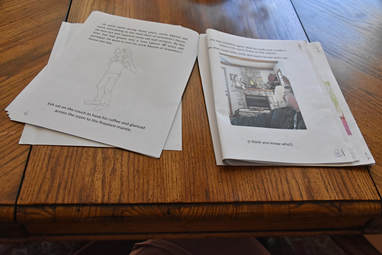 Tonya's photographs and daughter Sherry's drawings illustrate the book Tonya's photographs and daughter Sherry's drawings illustrate the book As Tonya describes the genesis of the book, "I took notes on Eldon's memories of how the story played out, and then I said, 'Give me a few days to write it, because I can't think of anything right now.' But that night I couldn't sleep, and all of a sudden the story started coming to me, and I saw it through the eyes of the elephant." She wrote the story, and her daughter Sherry Perkins did the drawings that illustrate the book, along with some of Tonya's photographs. Stories, paintings, photographs, songs, instruments—who knows what Tonya and Eldon will create next? I only know I want to see and hear whatever they come up with. The CD, "Sundown" is available from Eldon Howe at [email protected] Listen to tracks from "Sundown"
I was at my desk, working on this week's blog post when a mysterious missive came over the transom. The thing literally flew in as if borne by winged creatures. Now, I'm pretty good at ignoring tweets, pings, and such, but a fluttering billet is quite another matter. Of course I had to give it a read, and when I did, I knew I had to drop everything and share it with you. Here it is . . .  Fairy's eye view of Camp Newaygo (Photo courtesy of Camp Newaygo) Fairy's eye view of Camp Newaygo (Photo courtesy of Camp Newaygo) FAIRYLAND, Newaygo County (April 28, 2018)—This year's late spring had officials in the Enchanted Forest (also known as Camp Newaygo) concerned about the availability of housing for all the fairy folk returning from their winter homes down South. "Construction has been delayed all over the county, and the Enchanted Forest was no exception," said Elvira Elf, housing coordinator. "Fortunately, however, artisans from all around pitched in to fill the forest with creative homes for wee folk."  "Simplify" by Marcia Holcomb "Simplify" by Marcia Holcomb When fairies, gnomes, pixies and their pals showed up last weekend to check out the offerings, they found every kind of dwelling imaginable, from condo to castle. However, it's common knowledge that pixies can be, well, picky. And fairies are notoriously fickle, with whims that shift with the wind. So we sent a reporter out to tag along with the fae and find out what they thought of the choices.  "Fairy Queen's Court" by Cortney Horan "Fairy Queen's Court" by Cortney Horan Pierre Pixée, who winters in the South of France, was searching for something palatial. "C'est si bon!" he said when he spied this turreted manse, complete with moat. Scurrying along a woodland path, Grizela Gnome pulled her cloak around her. "It's still too cold here in Michigan," she complained. "I wish I'd stayed on the beach."  "Ocean Beach" by Marcia Holcomb "Ocean Beach" by Marcia Holcomb "But look," said her friend Sophie Sprite, pointing to a cottage nestled beneath a tree. "This house will make you feel sunny and warm no matter what the weather." "You're right! I'll take it," said Grizela. "Care to stay for a piña colada?" On the stairway leading down to Pickerel Lake, Fairy Fiona paused to take a breather. "These houses are all beautiful," she said, "but what I'd really love to find is one with room for my wine collection AND a view of the lake." Then she leaned over the railing and there it was: Gnome Top Vinyard. "It's an oenophile's dream!" she said.  "Rustic Retreat" by Bob Hurley "Rustic Retreat" by Bob Hurley Up on the patio of Lang Lodge, Ivan Imp took Elvira Elf aside. "I hate to admit this," he said, "but I'm not much of a woodsy fellow. Really more of a garden guy. Any chance that the house I choose could be, um, relocated?"  "Gorgeous Garden Hideaway" by Lisa Boerema "Gorgeous Garden Hideaway" by Lisa Boerema "As a matter of fact," Elvira said, "that's what we're hoping for. All the houses are up for auction, to raise money for Camp Newaygo's ongoing improvements. When bidding closes Sunday night, some lucky humans will be taking the houses home—complete with tiny inhabitants, of course—to install in their own special sites. I'm quite sure more than a few will find their way into gardens." What magical beings do you suppose chose these homes?
Valentine's Day is over, but can't we all still use some love? I think we can, so I'm offering quotes about love in this installment of Last Wednesday Wisdom. And because HeartWood and I both celebrated birthdays this month (guess who's older), I'm throwing in some about age and experience, as well. In the spirit of love and celebration, I'll even give you a treat at the end: photos from a recent concert and exhibit by local luthiers (stringed-instrument makers). There are two basic motivating forces: fear and love. When we are afraid, we pull back from life. When we are in love, we open to all that life has to offer with passion, excitement, and acceptance. We need to learn to love ourselves first, in all our glory and our imperfections. If we cannot love ourselves, we cannot fully open to our ability to love others or our potential to create. Evolution and all hopes for a better world rest in the fearlessness and open-hearted vision of people who embrace life. -- John Lennon Love does not consist of gazing at each other, but in looking outward together in the same direction. ― Antoine de Saint-Exupéry, Airman's Odyssey The great thing about getting older is that you don't lose all the other ages you've been. -- Madeleine L'Engle How many slams in an old screen door? Depends how loud you shut it. How many slices in a bread? Depends how thin you cut it. How much good inside a day? Depends how good you live 'em. How much love inside a friend? Depends how much you give 'em. ― Shel Silverstein Tell myself: Trust in Experience. And in the rhythms. The deep rhythms of your experience. -- Muriel Rukeyser No matter what you're feeling, the only way to get a difficult feeling to go away is simply to love yourself for it. If you think you're stupid, then love yourself for feeling that way. It's a paradox, but it works. To heal, you must be the first one to shine the light of compassion on any areas within you that you feel are unacceptable. -- Christiane Northrup Imagination has no expiration date. -- Paula Whyman, author, in article on debut authors over age fifty, Poets & Writers magazine, November-December 2016 Love is a canvas furnished by nature and embroidered by imagination. -- Voltaire We get to think of life as an inexhaustible well. Yet everything happens only a certain number of times, and a very small number, really. How many more times will you remember a certain afternoon of your childhood, some afternoon that's so deeply a part of your being that you can't even conceive of your life without it? Perhaps four or five times more. Perhaps not even that. How many more times will you watch the full moon rise? Perhaps twenty. And yet it all seems limitless. -- Paul Bowles If you have only one smile in you, give it to the people you love. -- Maya Angelou If I had known when I was twenty-one that I should be as happy as I am now, I should have been sincerely shocked. They promised me wormwood and the funeral raven. -- Christopher Isherwood What difference does a difference make? At a recent memorial for a friend and teacher, the speaker posed that question for all of us to consider as we thought about the person whose death we were mourning and whose life we were celebrating.  The sale at the Dogwood Center's Black Box. Photos of the Jansmas were projected on the large screen during the sale. The sale at the Dogwood Center's Black Box. Photos of the Jansmas were projected on the large screen during the sale. The question came to mind again last weekend when we attended "Leaving a Legacy of Art: The Jansma Collection" at the Dogwood Center for the Performing Arts in Fremont, Michigan. The art show and sale commemorated the lives of longtime Fremont residents Ray and Phyllis Jansma, whose lasting influence on Newaygo County's cultural scene is incalculable. Phyllis was a cellist and music teacher, Ray an architectural designer and artist who painted, sculpted and carved wood. As a tribute to this remarkable couple, their family offered some of Ray's artwork for sale, with a portion of the proceeds to benefit Newaygo County Council for the Arts-Artsplace.  Lindsay Isenhart with a grandfather clock made by Ray Jansma Lindsay Isenhart with a grandfather clock made by Ray Jansma Before the sale, I spent some time with Lindsay Isenhart, program coordinator and curator of the Ray and Phyllis Jansma Gallery at Artsplace. A good friend of the Jansmas, Lindsay worked closely with Ray Jansma to produce a book, Ray Jansma: Designer (Blurb, 2011), that chronicles his career and archives many of his artistic works.  Some of Ray Jansma's drawings from the Tuesdays At Ray's gatherings were also for sale Some of Ray Jansma's drawings from the Tuesdays At Ray's gatherings were also for sale "The Jansmas were a pivotal influence on my life," Lindsay told me. "I started going out to their house for Tuesdays At Ray's—a Tuesday night drawing group—when I was fourteen years old. At that point in my life, I was a latchkey kid. I could have gone a very different way, but once I started drawing, my whole direction in life changed."  The weekly gathering wasn't a class; there were no lectures or formal critiques, just a bunch of local artists and art enthusiasts getting together to practice life drawing and share their creative energy. "I had never seen a cluster of artists working together. Just getting together to do art," recalled Lindsay, who went on to be one of the first recipients of the Ray Jansma Scholarship for Visual Fine Arts, through the Fremont Area Community Foundation, and to study fine arts and graphic design at Kendall College of Art and Design in Grand Rapids and Accademia di Belle Arti in Perugia, Italy. "Through the Tuesday nights, I got to know Phyllis, and on a regular basis went out to what they called Tea Time at the Jansmas," Lindsay said. "People could show up from anywhere at their house during tea time. Phyllis would regale us with stories and talk about politics, and Ray would take me out to his studio afterward." 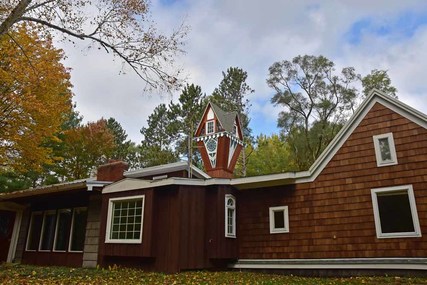 The Jansma home The Jansma home The Jansmas' talents and personalities drew people to them, but their home was an added attraction. Located on a winding road north of Fremont, the house—which Ray designed in the early 1950s—started out as a modest 975-square-foot split level. But as Ray's career grew, so did the house, with additions reflecting the varied styles of his architectural design projects. On one end is a master bedroom suite where the centerpiece was the magnificent carved angel bed offered for sale at the recent event.  The tower The tower A tower rises from the middle of the house, looking like something from a storybook. Indeed, guests sometimes felt they were "visiting another world," said Lindsay. "It was like Alice in Wonderland. I got to go to this fairytale place where we were surrounded by art, music, and everything you could imagine to play with." Like the house, Ray's studio was out-of-the-ordinary, decorated with architectural elements from some of his design projects. One side of the studio was originally used for building a sailboat—a 32-foot Tahiti ketch christened the Maid of Ramshorn, which Ray and Phyllis sailed around Lake Michigan and Lake Huron (and Ray sometimes used as a floating office for design jobs in port towns). Once the boat was finished and launched in 1975, the former boat shed became a working space for various art projects, both Ray's and other artists'. 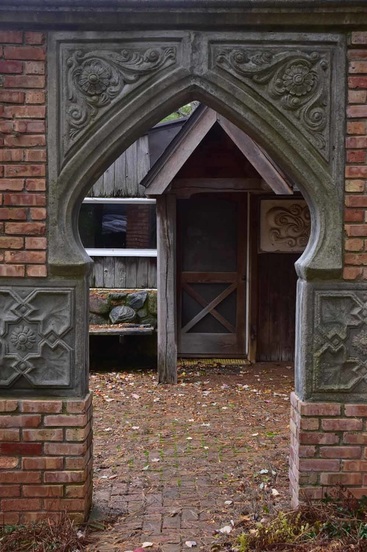 "He'd share whatever he had going on, share his studio space, encourage others to come and work there," said Lindsay. The list of working artists who have been influenced by Ray is long and varied and includes Ann Arbor potter Autumn Aslakson; Stratford, Ontario-based illustrator and graphic designer Scott McKowen; ; New Mexico painter Jack Smith; multimedia artist James Magee of El Paso, Texas (who also paints as Annabel Livermore) and many others.  "He inspired so many artists because he was always working," said Lindsay. "His work ethic was amazing. He didn't watch TV, didn't golf. He'd be in his studio, working on a project or out sketching barns or downtown businesses or putting in time for our organization. He would come here to Artsplace at least once a week and participate, whether it was just helping paint a sign or helping teach a class, he was hands-on involved." Meanwhile, Phyllis inspired a long line of musicians, not only as a piano and cello teacher, but also through the Chamber Music for Fun program she initiated at Blue Lake Fine Arts Camp in Twin Lake, Michigan.  Daughter Jennifer Jansma Chiles (in green sweater) was on hand to answer questions and reminisce with family friends Daughter Jennifer Jansma Chiles (in green sweater) was on hand to answer questions and reminisce with family friends The Jansma children, too, benefited from the creative environment their parents provided. Tim became a violin, viola and cello maker, Jon a chemical engineer for GE, and Jennifer a piano technician who decorated her Ray-designed home with ornamental trim she carved herself and paving stones she hand-cast. 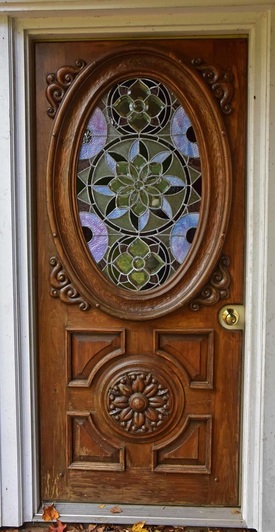 Front door, Jansma home Front door, Jansma home "I've never met a family that has made such an impact," said Lindsay. "And to be found in such a tiny little community is a rare thing." The Jansmas made a difference. And what a difference that difference made! Who has made a difference in your life? In your community? What can you do to keep their legacy alive? As you consider these questions, take a look at more of Ray Jansma's artistry.
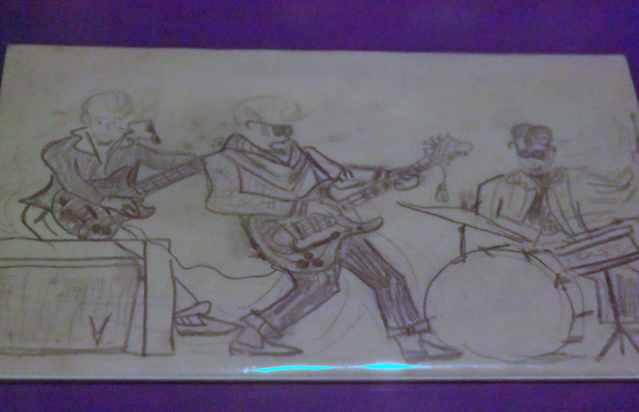 The drawing you see here was done by a boy in his early teens, in the mid-1950s. Not so unusual in itself—countless boys have made similar drawings of rock bands. But what earned this drawing a place in a museum was the particular young artist who created it: James Marshall Hendrix, born Johnny Allen Hendrix, known to most of us as Jimi Hendrix.  I learned of Jimi's early artistic leanings on a recent trip to the Rock and Roll Hall of Fame in Cleveland, where the drawing is displayed. According to the accompanying text, Hendrix once dreamed of being a commercial artist. His father recalled that Jimi never had art lessons, but "he had a good hand and his ideas and imagination."  No kidding. Jimi's good hand, ideas and imagination, applied to music, were nothing short of mind-blowing. Kinda makes you glad that commercial art thing never panned out. People like Jimi Hendrix, whose creativity crosses boundaries—from visual to verbal to musical to culinary--fascinate me, and like anything, once you start looking, examples are everywhere.  I found another at Rock Hall, in an exhibit on Graham Nash and his passion for making music and art—from his early days as a founding member of the Hollies to his years with Crosby, Stills, Nash & Young, to his later work as solo artist and photographer. Like Hendrix, Nash traces his interest in visual arts to childhood, when photography captured his imagination. Later, he not only made his own photos and experimented with digital imaging, he also collected photographs and other artifacts from the intersecting worlds of art, rock music and politics. I had never thought of collecting as a creative outlet, but a quote from Nash in the exhibit made it clear that he does. Unfortunately I didn't write down the quote (blame sensory overload and the approaching lunch hour), but it was something to the effect that he tries to engage in some creative activity every day; if he's not writing a song, he's making photographs or painting or collecting.  Not a bad way to live, whether or not you consider collecting a form of creative expression. (And I admit, after reading Nash's quote, I'm trying to look differently at Ray's habit of coming home from every trip to Harbor Freight with yet another free tape measure. That stash of nearly forty tape measures in his workshop is not a sign of hoarding, it's creative genius at work.) Turns out, it's not just my husband and rock stars who practice crossover creativity. Many poets and authors regularly mix media. For example:
Reading about all these multiply-creative people absolves my guilt (if I ever had any) for leaving my writing desk and walking into the woods with my camera or hauling out my collage-making materials. These excursions into other art forms aren't procrastination or dilettantism, they're simply alternate ways of expressing myself. And while I'm exploring those alternatives, maybe I'll swing by Harbor Freight and pick up a few tape measures to add to Ray's collection. It's a creative thing. What's your creative thing, and how can you step beyond its boundaries?
|
Written from the heart,
from the heart of the woods Read the introduction to HeartWood here.
Available now!Author
Nan Sanders Pokerwinski, a former journalist, writes memoir and personal essays, makes collages and likes to play outside. She lives in West Michigan with her husband, Ray. Archives
April 2022
Categories
All
|










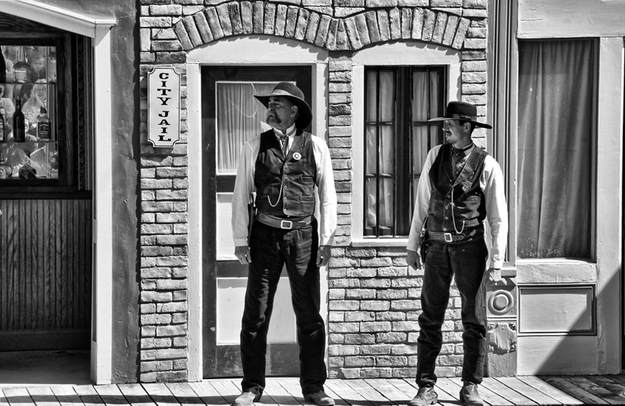

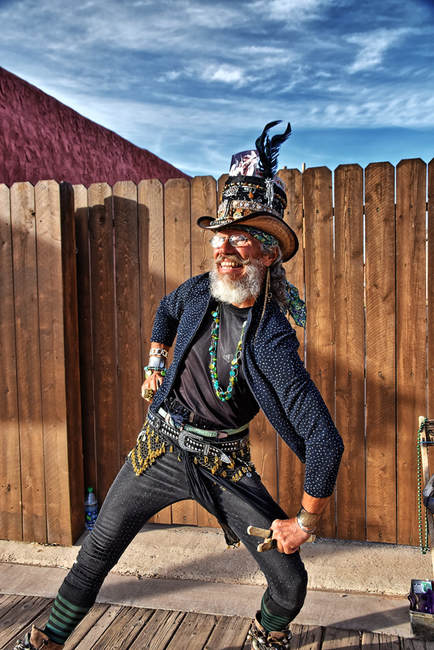






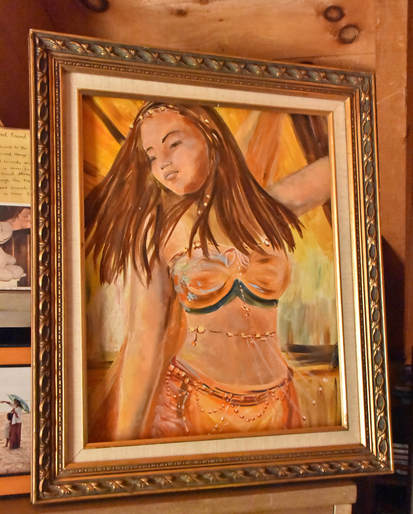
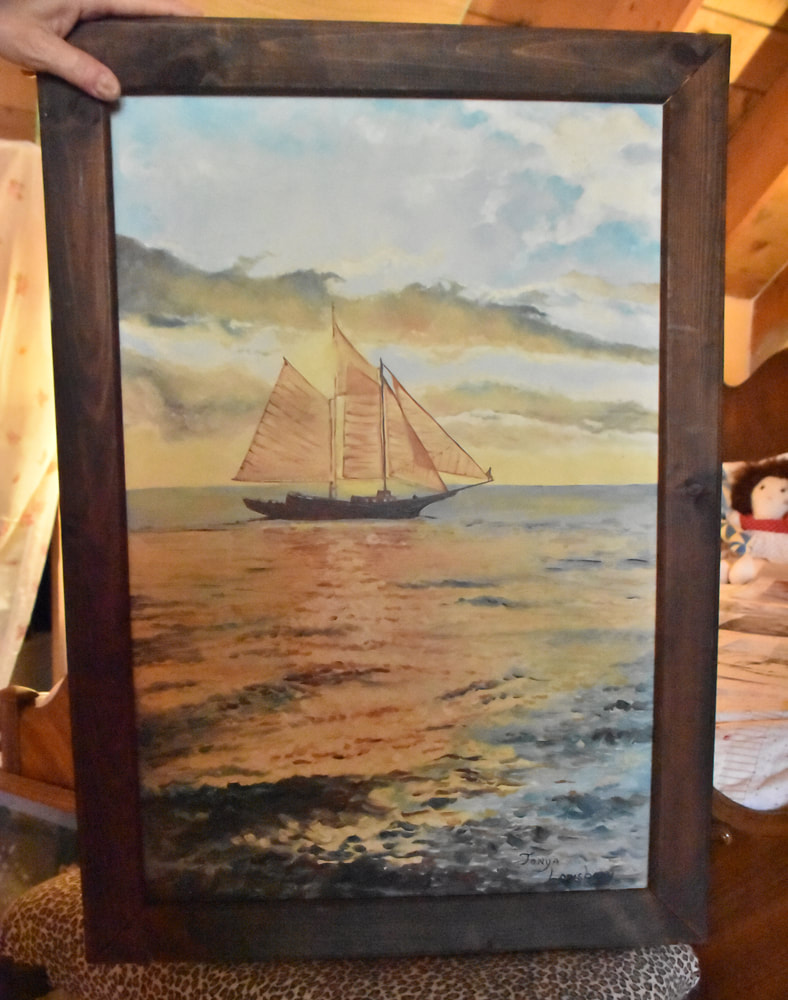








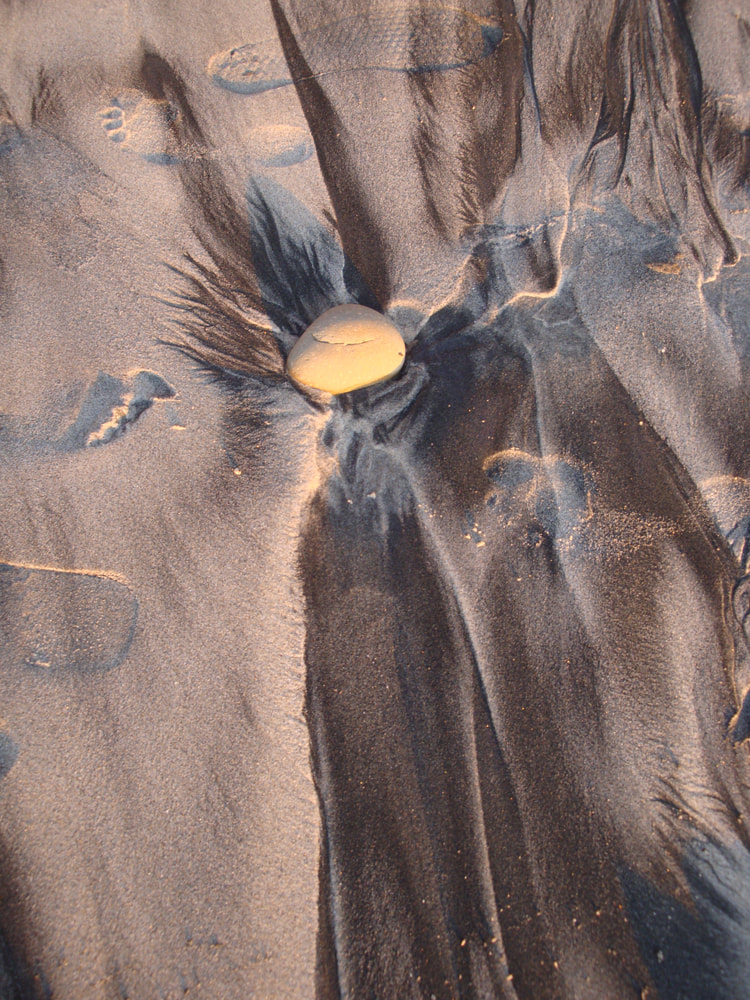



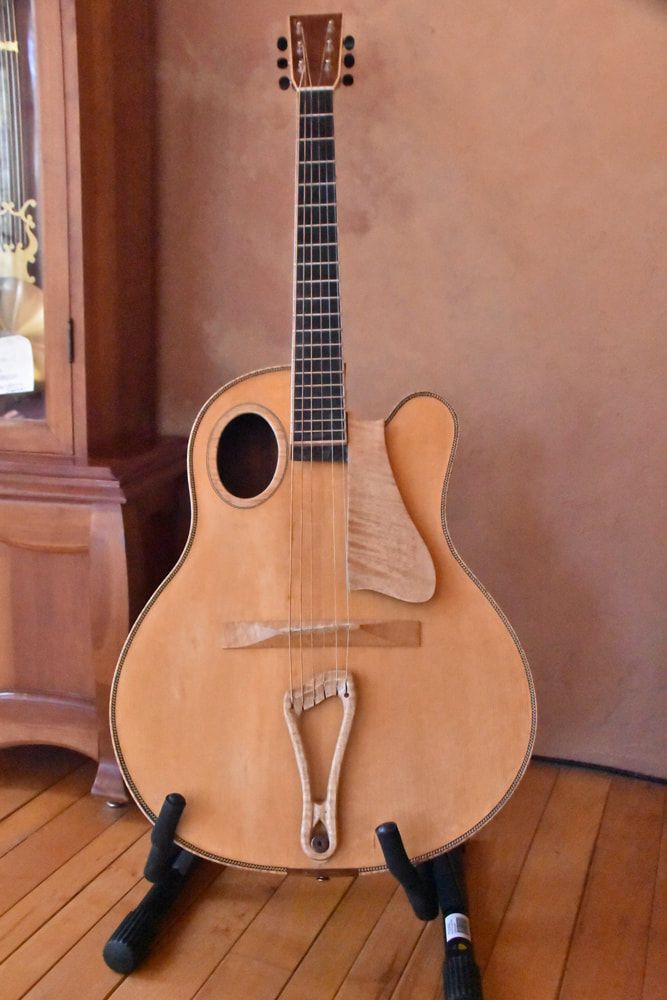

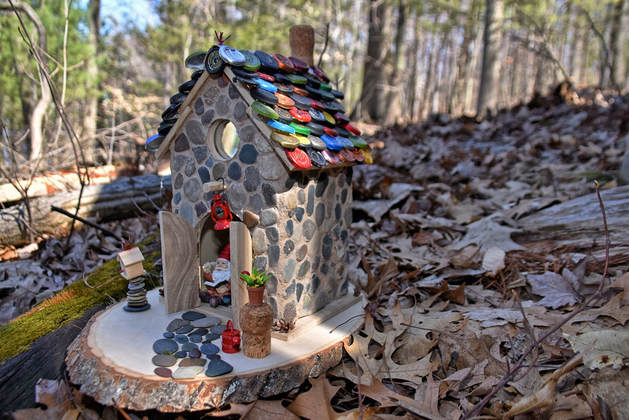


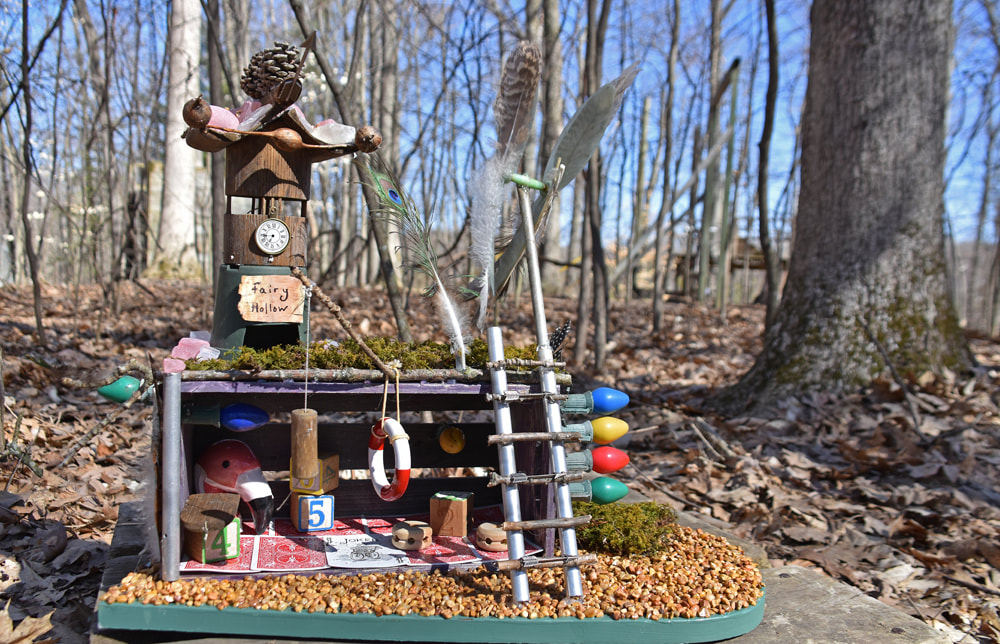






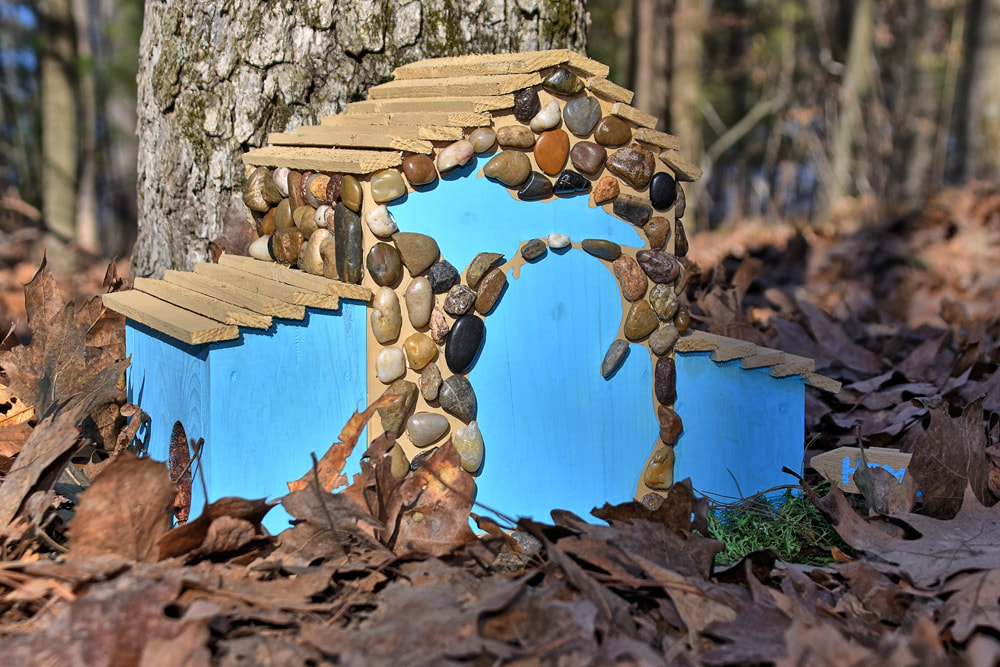

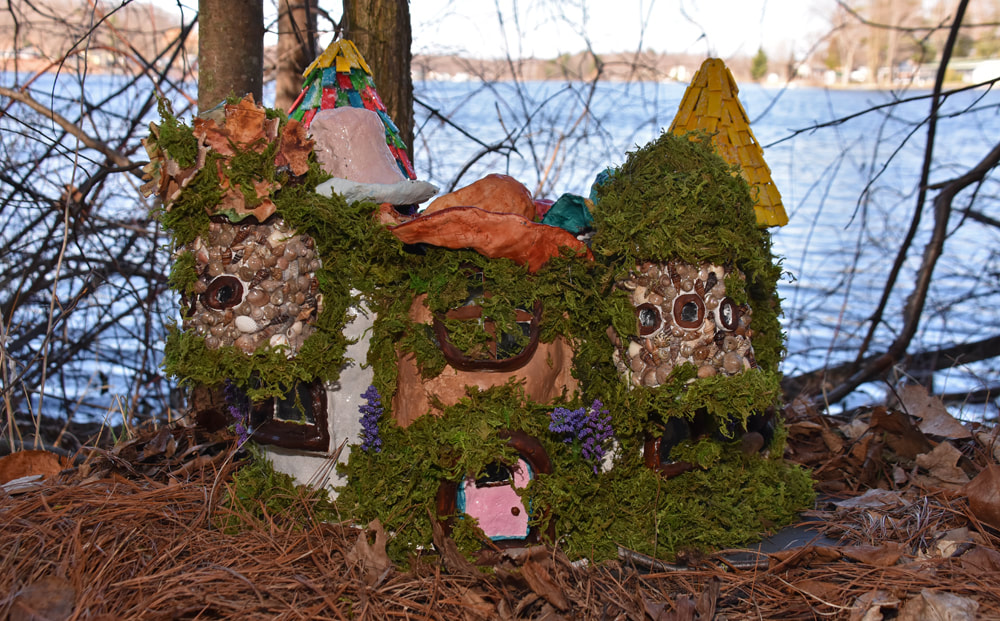

























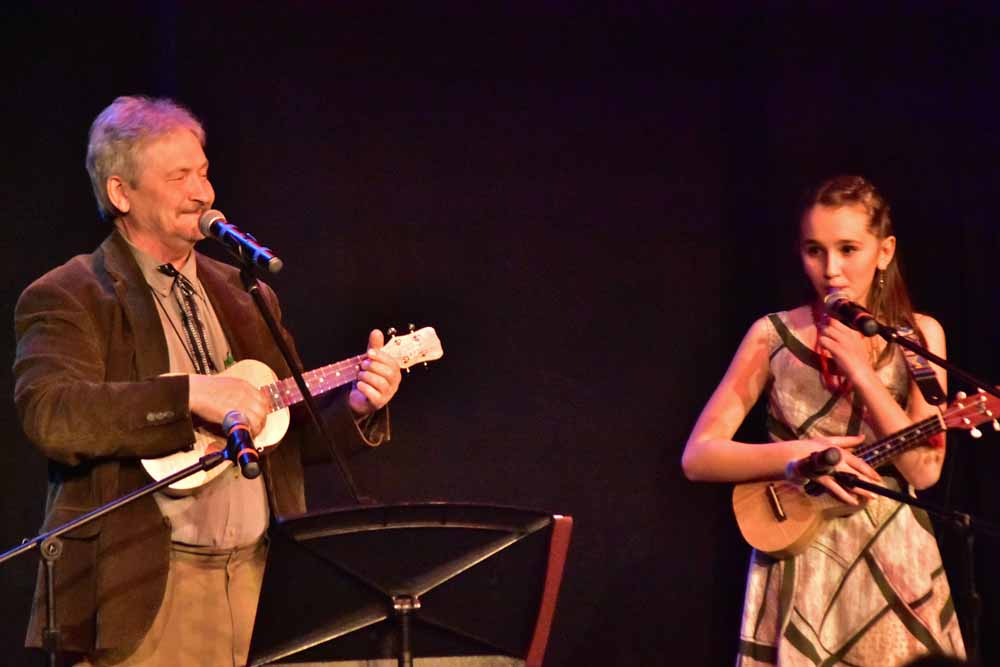
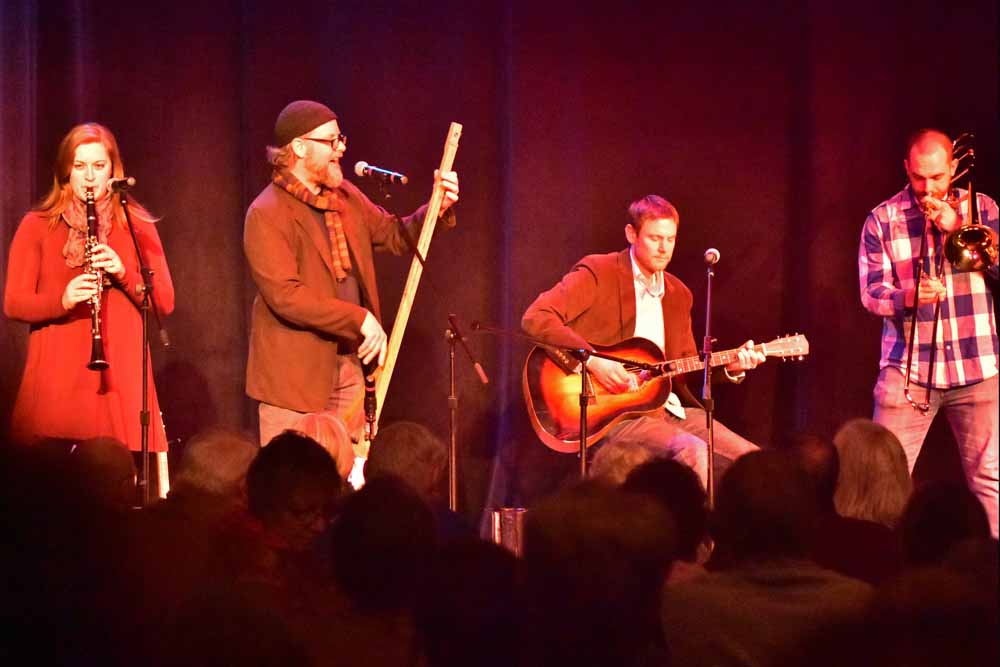
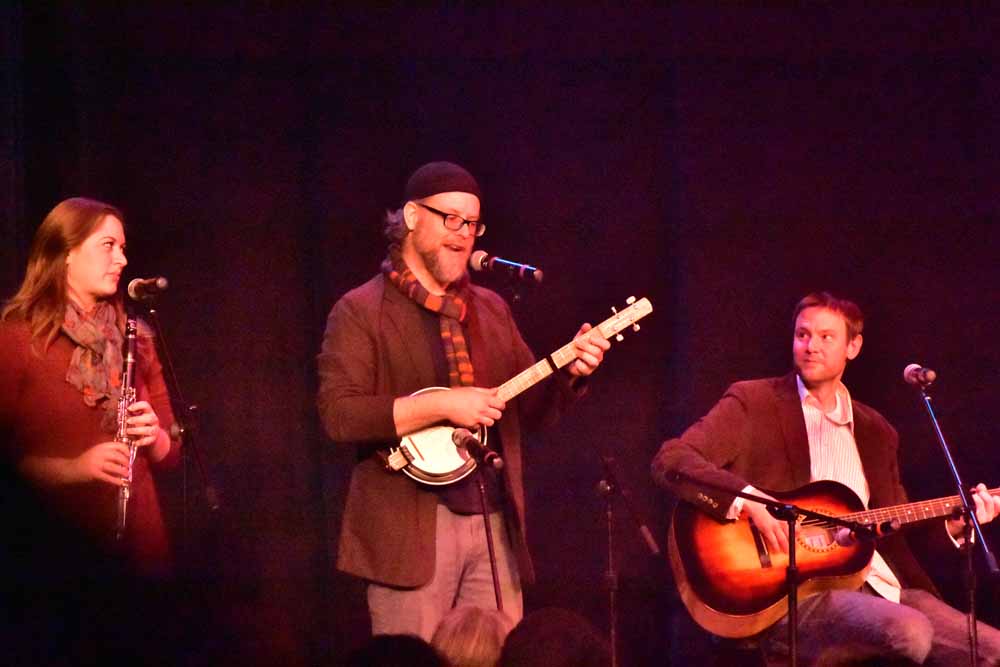

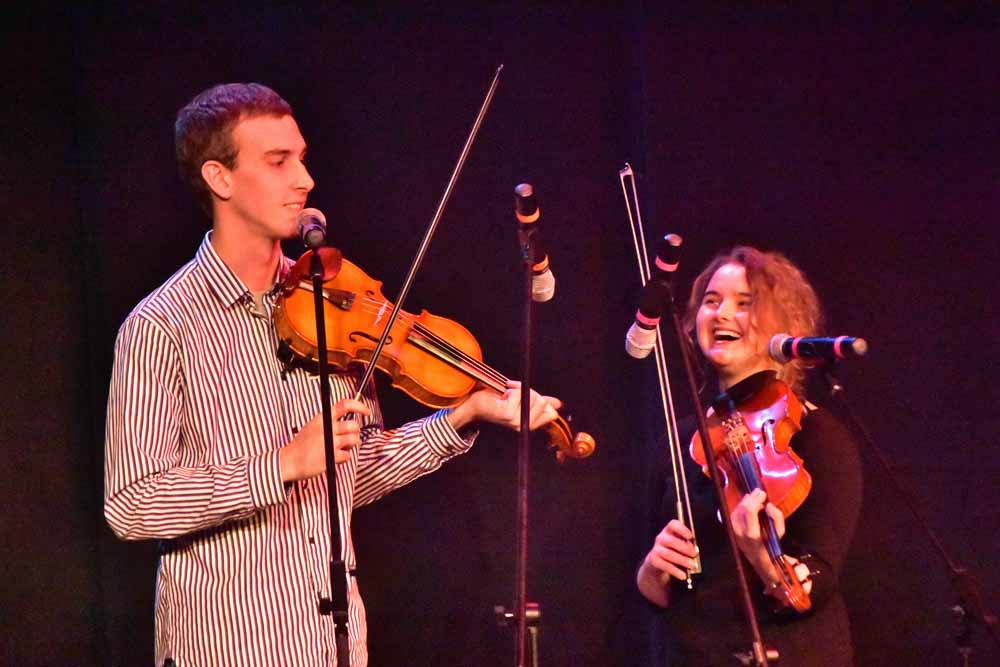




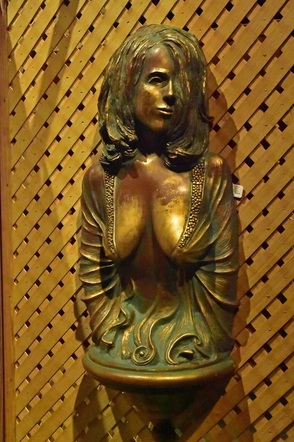


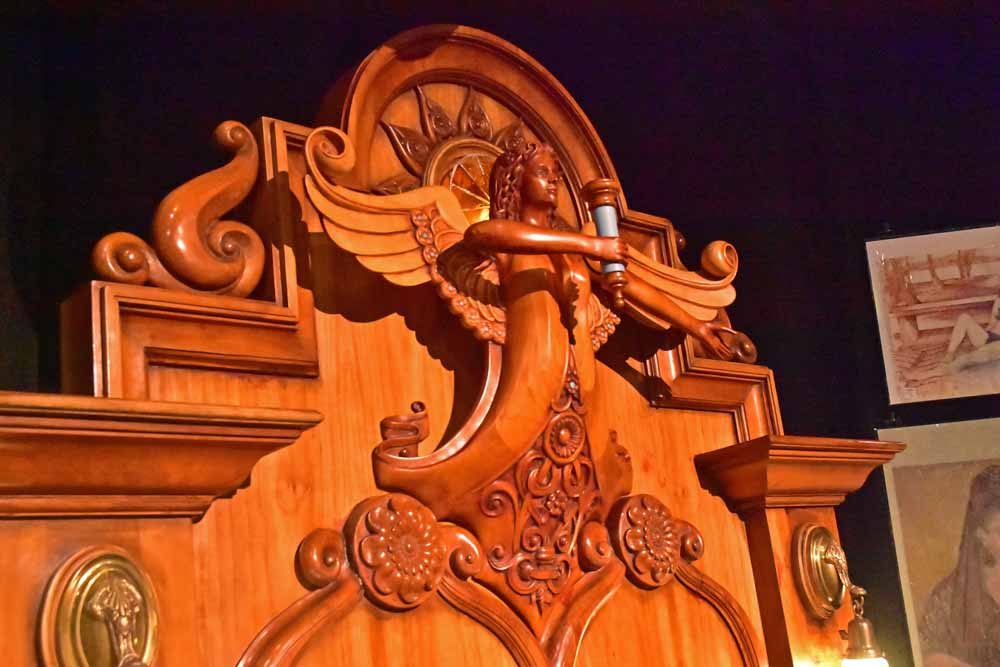


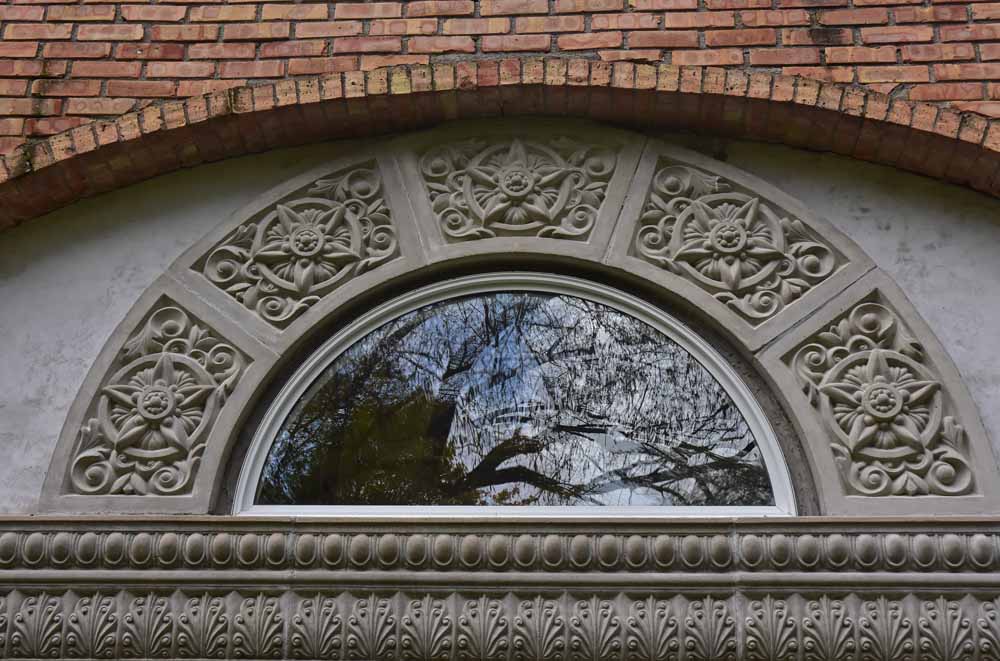

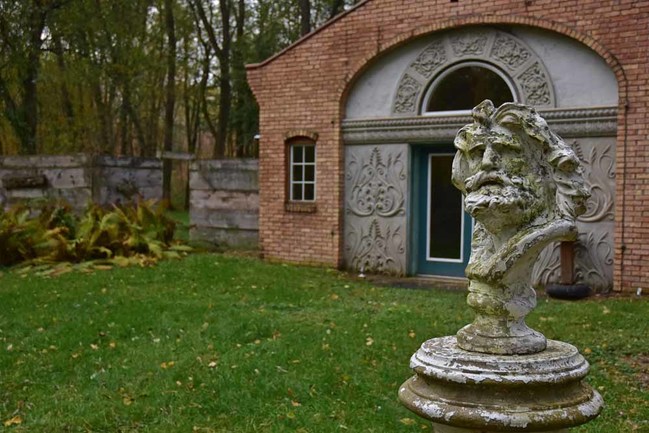


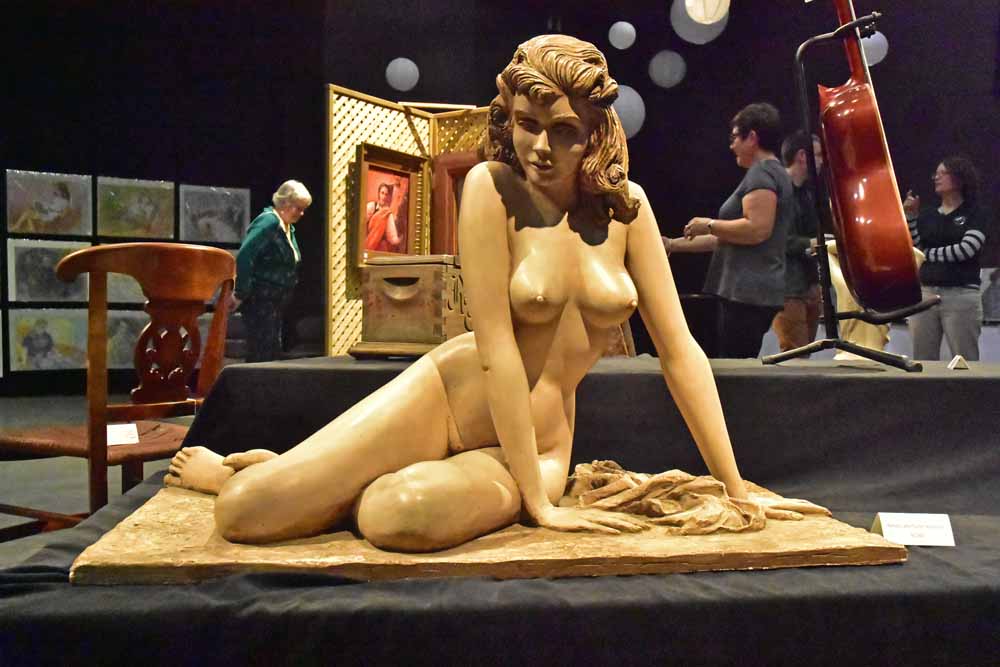


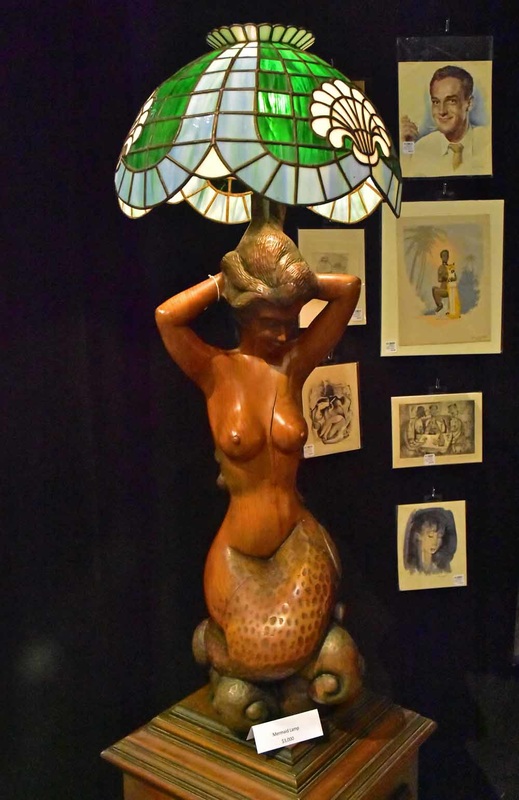
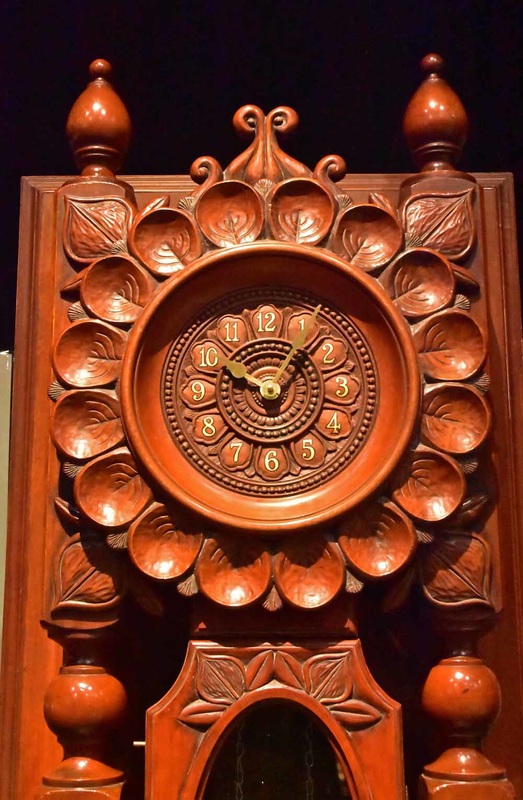
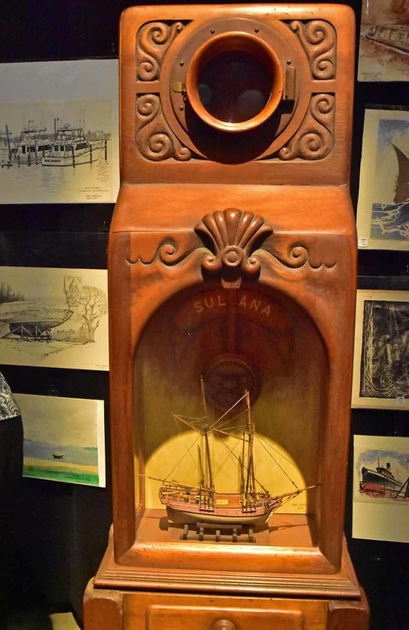







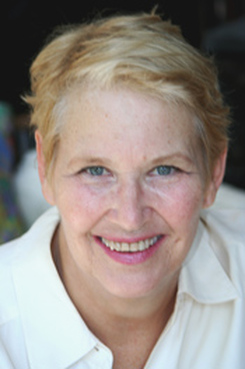


 RSS Feed
RSS Feed